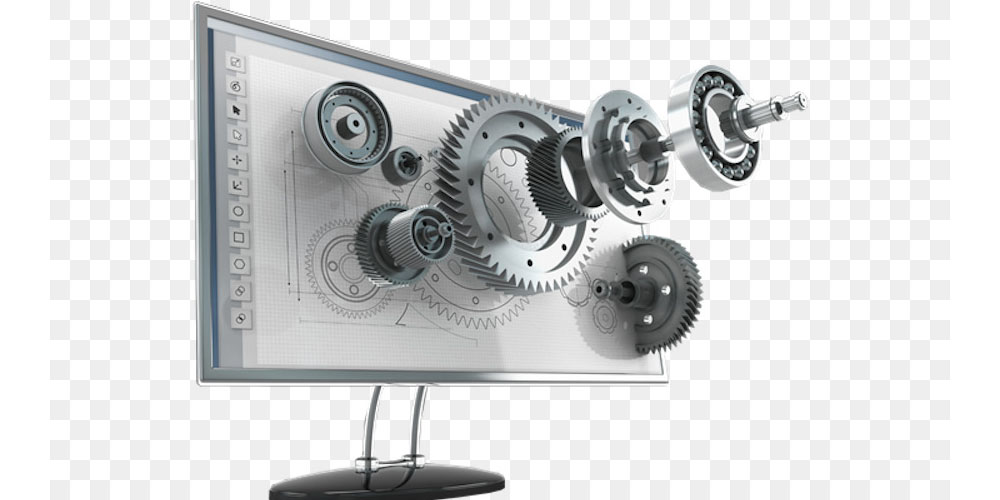Ddprototype is a leading company for prototyping China. The company uses CNC technology to make high-quality and efficient prototypes for clients in a wide range of industries. The company also takes pride in its ability to create different types of prototypes, which will be discussed in depth below.
Types of prototypes
There are four main types of prototypes depending on their purpose. They are;
1. Proof of concept prototypes
These are types of prototypes used to prove that a new idea would work. Most of the time, when people are coming up with new ideas, they work with assumptions. Therefore, proof of concept is important. It helps test if a product idea is viable and get to make necessary alterations to get the product working as you envisioned.
Additionally, creating a prototype to prove a concept helps you make reasonable assumptions about manufacturing costs. Note that prototypes used to prove a concept are not meant to be work as working prototypes. They are often put together using basic tools like cardboard and duct tape. Proof of concept prototypes can also help you make reasonable measurement assumptions. However, most of the data captured may not be as accurate or repeatable.
2. Visual prototype
This type of prototype is used to showcase the visual characteristics of a product. These include the general appearance, shape, and dimensions. Note that visual prototypes usually do not contain working parts. They are basically mock-ups of the product. Companies usually make visual prototypes for presentations with investors. In other cases, they are made for early customer prospects. Typical visual prototypes are usually manufactured using 3D printing. They can also be made from materials like cardboard, foam, paper, or wood.
3. Working prototype
As mentioned earlier, the first two types are usually mock-ups that are not fully functional. However, working prototypes are usually fully functional. They are created as part of the product development stage.
Working prototypes aim to test the functioning of the product. Working prototypes are integral to the testing, trial, market research, and pitching of a product. Therefore, they are usually designed for manufacturing but not fully engineered for mass production.
After producing working prototypes, they are usually given to a chosen group of clients to test if they solve the problem for which they are designed. CNC machining or prototyping is the most popular method for making this type of prototype.
4. Pre-production prototype
As the name suggests, these prototypes are usually made before producing a new product or an upgrade to an existing product. The role of making pre-production prototypes is to ensure the quality and manufacturability of the product.
Making pre-production prototypes helps companies to meet the demands of the public. The making of these prototypes is usually done by the manufacturing company with which an organization is working. The manufacturing company uses the prototype as a sample to get the organization to outsource the manufacturing to them.
Conclusion
Note that an inventor or organization can make all the prototypes mentioned above before producing the final part. It is always wise to use the same company for all prototype manufacturing purposes. This makes it easy when the time comes for the final production.
